Wrangel Island Arctic Desert
The ecoregion’s land area is provided in units of 1,000 hectares. The conservation target is the Global Safety Net (GSN1) area for the given ecoregion. The protection level indicates the percentage of the GSN goal that is currently protected on a scale of 0-10. N/A means data is not available at this time.
Bioregion: East Eurasian Coastal Tundra (PA5)
Realm: Subarctic Eurasia
Ecoregion Size (1000 ha):
755
Ecoregion ID:
783
Conservation Target:
100%
Protection Level:
10
States: Russia
The Wrangle Island Arctic Desert ecoregion has unique ancient steppe and tundra vegetation, providing insight into life during Pleistocene times. Wooly mammoths persisted here for 6,000 years longer than elsewhere, dying out long after the Giza Pyramids were built in Egypt. Now, the island has the world’s largest denning ground for polar bears, the largest Pacific walrus rookeries, endemic lemming species, and half a million nesting seabirds.
%20shutterstock.jpeg)
The flagship species of the Wrangel Island Arctic Desert ecoregion is the Wrangel Island brown lemming (Lemmus portenko)
Wrangel is located 140 km from mainland Russia, in the Arctic Ocean. The island consists of ancient metamorphic rocks, sedimentary rocks, mudstones, siltstones, and dark shales. Central mountains reach 1,096 m, having mostly flat mountaintops and deep valleys. There are 1,400 rivers and streams, around 900 small lakes, and several coastal lagoons. Woolly mammoths lived on the island until about 4,000 years ago, and their bones and tusks are frequently found. Icebound for much of the year, winds are constant and often fierce. Average monthly temperatures are -22.8–3.0°C and mean annual precipitation is only 139 mm.
Wrangel was not glaciated during the Quaternary Ice Age, resulting in populations of 417 plant species and subspecies—double the number of any other Arctic territory of comparable size. There are over 70 relict species characteristic of ancient Beringia and 21 endemic plants, including Potentilla wrangelii, Papaver uschakovii, Oxytropis uschakovii, and Oxytropis uniflora. About 380 lichen species and 241 moss species are found, 5 of which are endemic.
Large areas are covered by stony screes and rock outcrops, and sections of the polar desert with flat, hard-packed soils and gravel. On mountain slopes, low cushions of Pacific alpine wormwood, blackish oxytrope, and high arctic cinquefoil grow; valleys have warmer climates supporting sub-Arctic meadow species such as Lapland poppy; sheltered central areas harbor scrubs of Richardson's willow reaching 60 cm high. Tundra types range from dry hummocks and lichen-dominated areas to marshy polygons.
Species include spruce muskeg sedge, Arctic woodrush, eight-petal mountain-avens, golden fuzzy fen moss, skeleton leaf, tealeaf, and the Arctic creeping willows. On stony substrates, lichens include species of Gyrophora, Lecidea, and Rhizocarpon. Where fine soil has accumulated, a sparse cover of Alectoria, Cetraria, and Cladonia lichen species, mountain hair moss, hoary rock moss, and entire-leaved nitrogen moss exists.

Muskox
About 300–400 polar bear females give birth in snow dens on the island, and the southern coasts host the largest rookeries of Pacific walruses in the world, with 80,000–100,000 individuals. Arctic fox, wolverine, endemic Wrangle Island brown lemming, and Wrangle Island collared lemming are resident. Muskox were reintroduced in 1975 and now number 1,000 individuals.
Most bird species are migratory, just snowy owl and raven are resident all year round. The only large snow goose population in Asia uses inland areas to breed—one colony numbering 250,000–300,000 birds. Breeding waders include lesser golden plover, red-necked stint, Baird’ssandpiper, and ruff. Thousands of seabirds nest on coastal cliffs and rocks. Dominant species include pelagic shag, black-legged and red-legged kittiwake, glaucous gull, thick-billed guillemot, and an endemic subspecies of black guillemot.
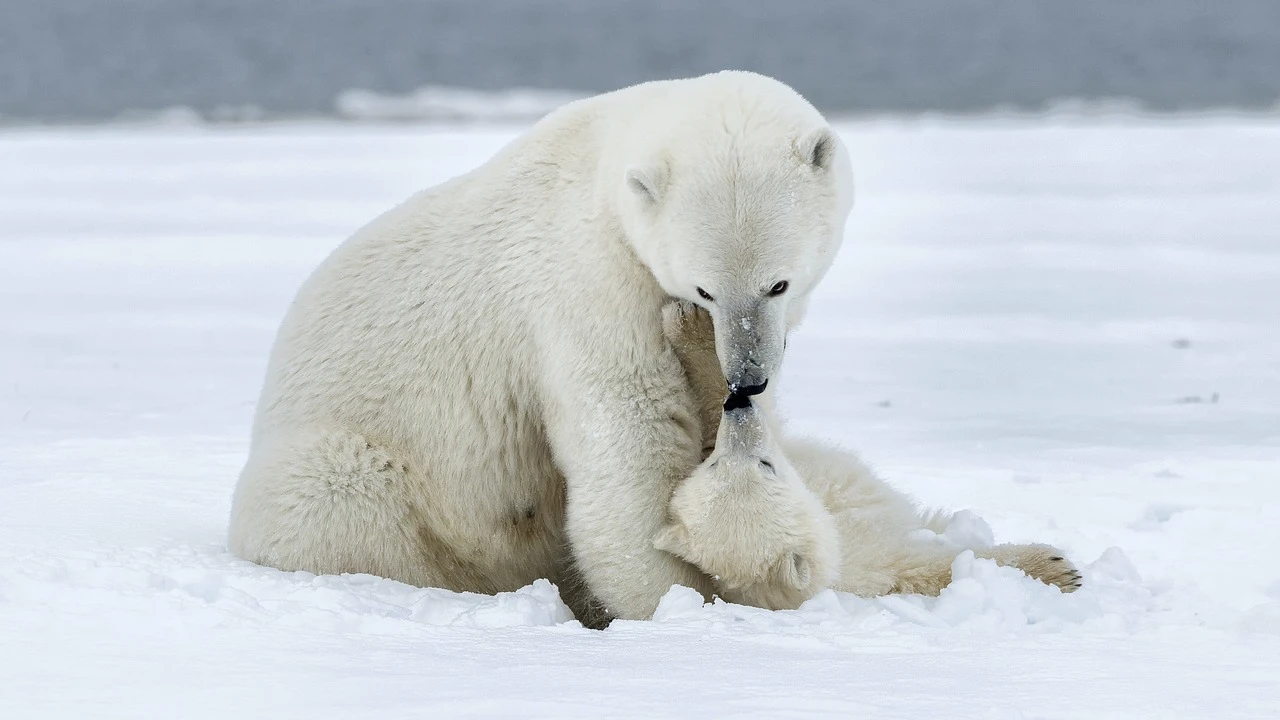
polar bear mother and cub
Highly remote, and believed to lack substantial fossil fuel reserves, much of the island is pristine. A complete absence of stabilized introduced plant species is worthy of note, although domesticated reindeer were introduced to feed island inhabitants. Ostrov Vrangelya Zapovednik was established in 1976 to protect the island, and a large portion is included in the Natural System of Wrangel Island Reserve World Heritage Site. Since 2015, military facilities have been constructed within the site’s boundaries.
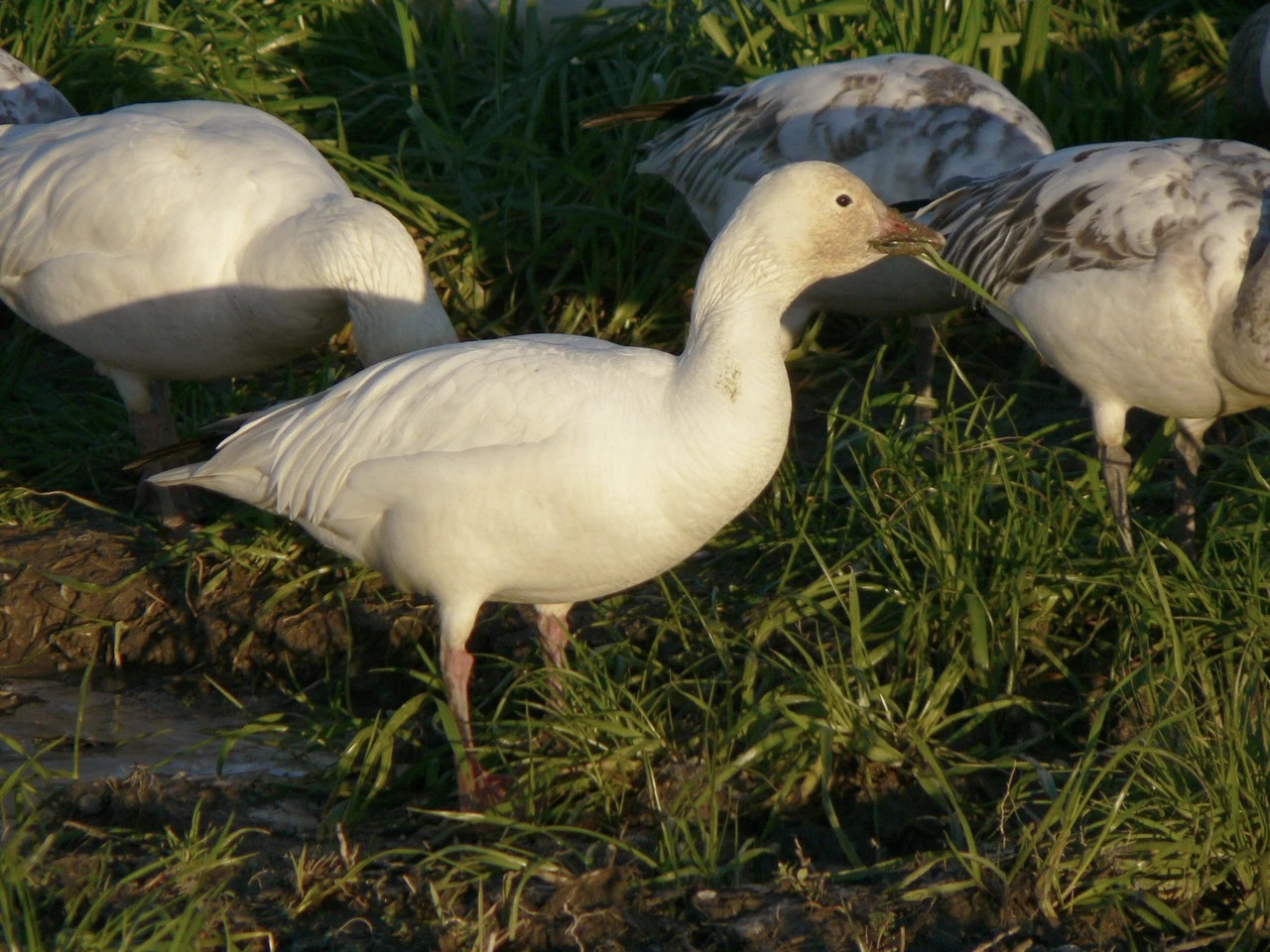
Snow goose. Image credit: Walter Siegmund, Creative Commons
Oil exploration is a current threat, with licenses including provision for the production of hydrocarbon raw materials and negative impacts of seismic prospecting activity. There is also a large amount of metal trash on the island, and concerns over the increase in shipping along the North-eastern passage, with concurrent risks of oil spills. Rising temperatures due to climate change will increase prostrate and dwarf shrubs in current polar desert areas, reducing their extent. Lack of sea ice will prevent polar bears from hunting, leading to population decline.
The priority conservation actions for the next decade will be to 1) prevent pollution and habitat loss due to oil operations, tourism, and shipping; 2) prevent artificial introduction of alien species; and 3) research and monitor vegetation and animal populations for climate change effects.
Citations
- UNEP-WCMC. 2011. Natural System of Wrangel Island Reserve, Chukotka, Russian Federation. UNEP-WCMC World Heritage Information Sheets. [Online]. [Accessed 12 January 2020]. Available from: http://world-heritage-datasheets.unep-wcmc.org/datasheet/output/site/natural-system-of-wrangel-island-reserve/260
- CAFF 2013. Arctic Biodiversity Assessment. Status and trends in Arctic biodiversity. Akureyri: Conservation of Arctic Flora and Fauna. [Online]. [Accessed 8 January 2020]. Available from: https://portals.iucn.org/library/sites/library/files/documents/Bios-Eco-Ter-Pol-027.pdf
- Talbot, S., Charron, T., Barry, T. eds. 2010. Proceedings of the Fifth International Workshop: Conservation of Arctic Flora and Fauna (CAFF) Flora Group. Circumboreal Vegetation Mapping (CBVM) Workshop, Helsinki, Finland, November 3-6th, 2008. CAFF International Secretariat, CAFF Flora Expert Group (CFG), CAFF Technical Report No. 21. [Online]. [Accessed 9 January 2020]. Available from: https://www.caff.is/proceedings-series/67-cfg-cbvm-fifth-international-workshop-proceedings-helsinki-finland-november-3-6

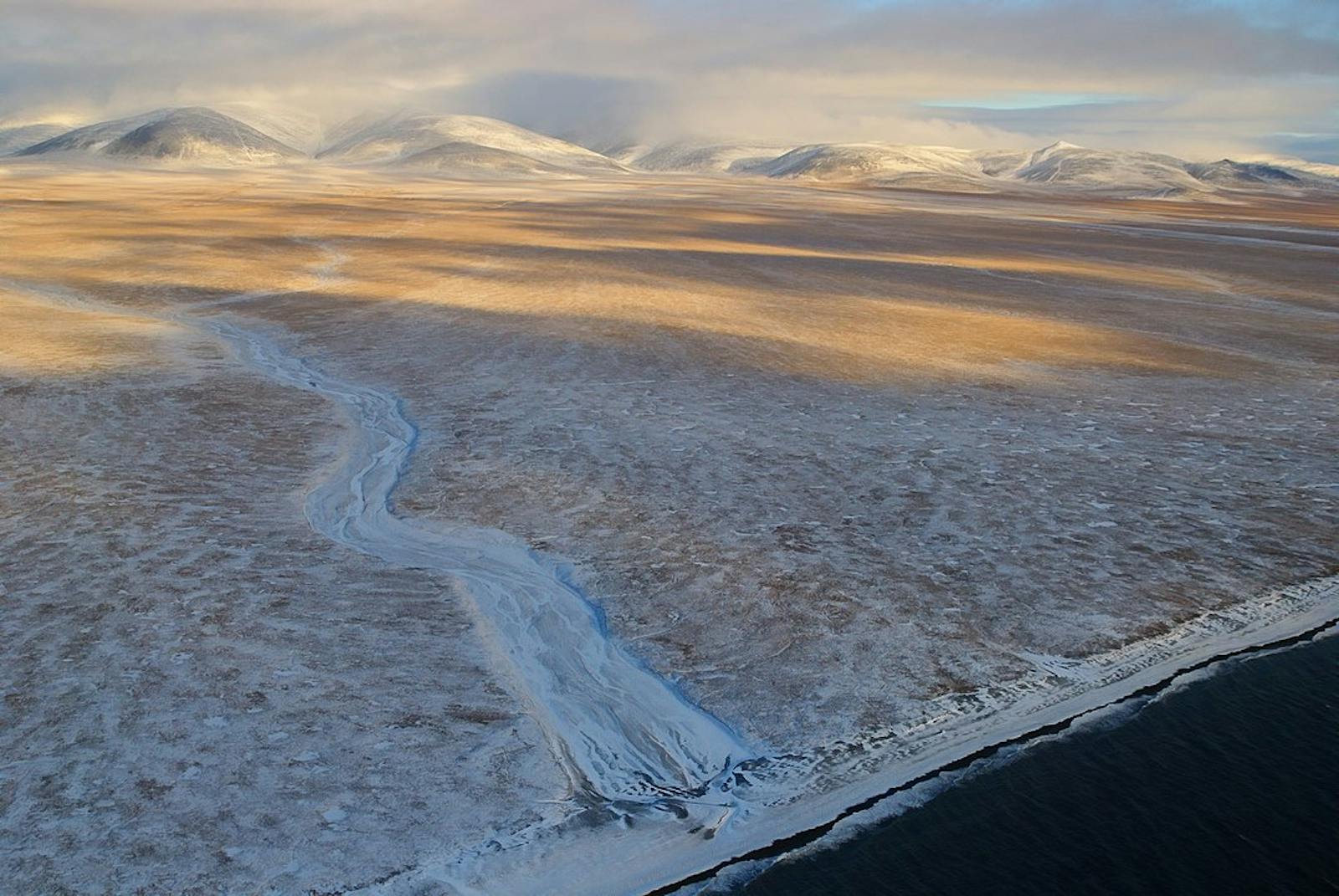
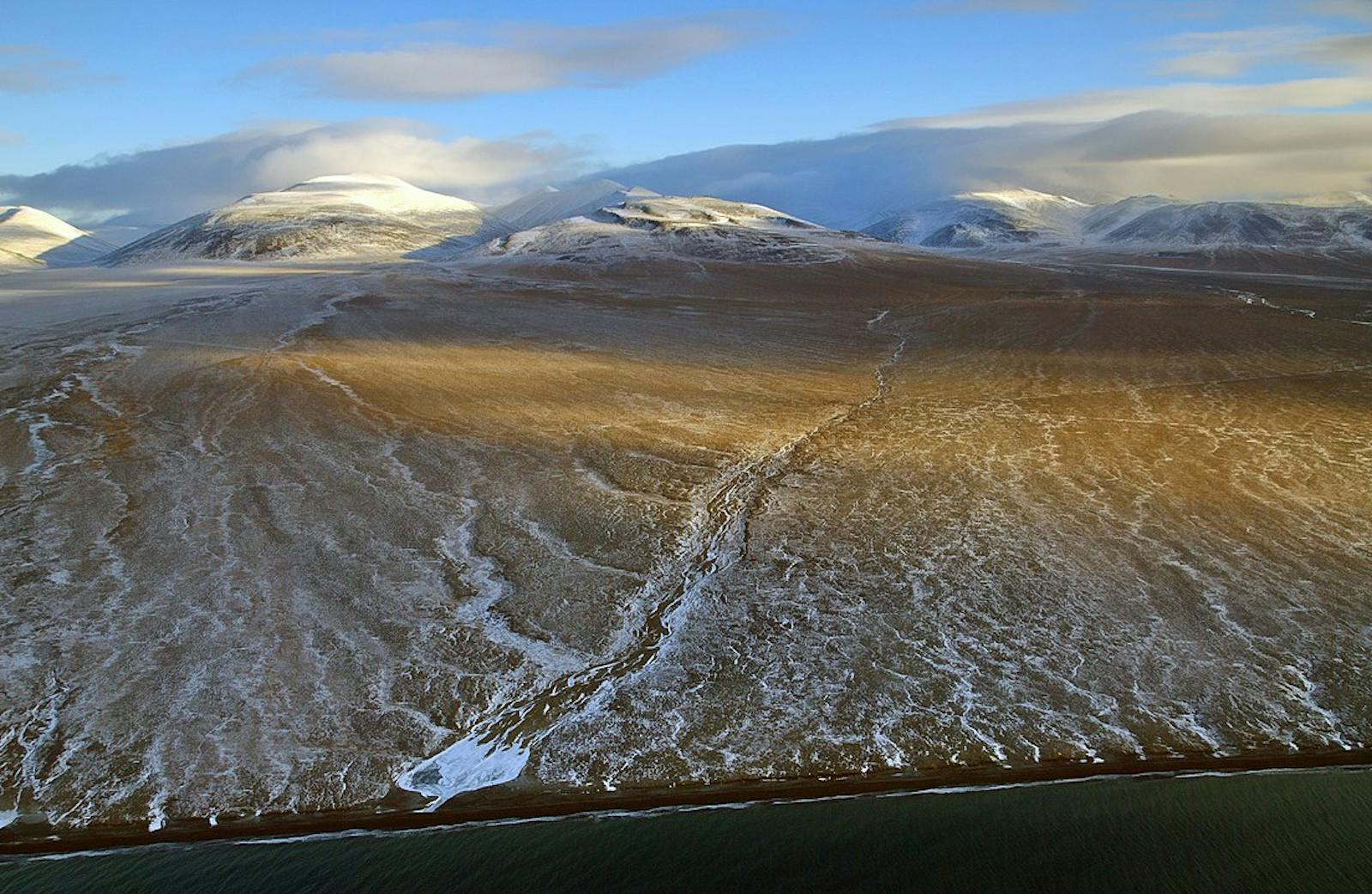
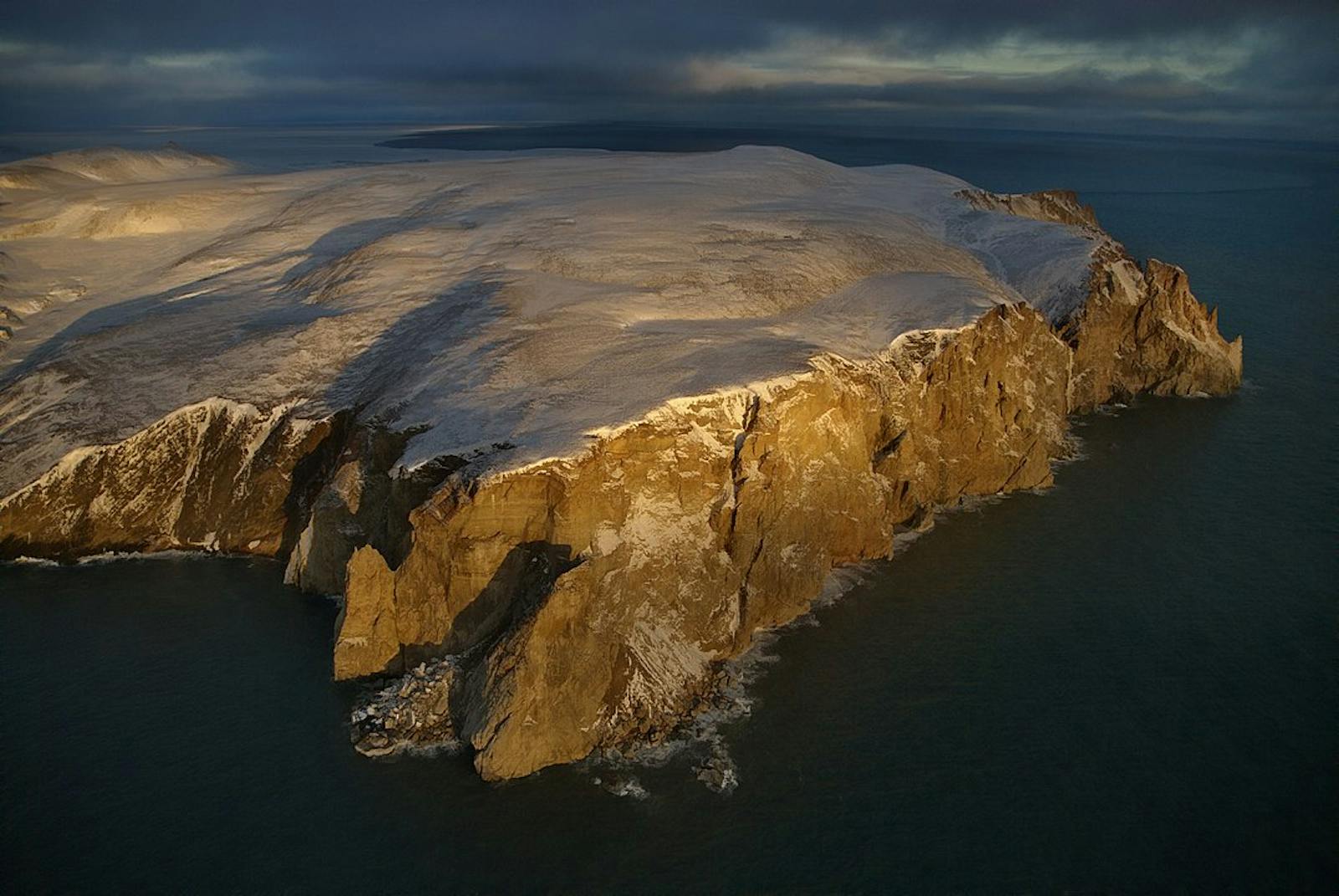
.png?auto=compress%2Cformat&w=300)

